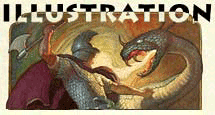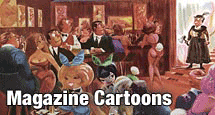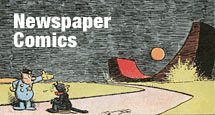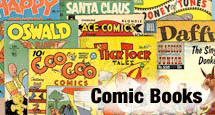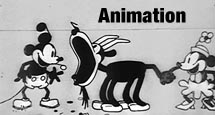You’ve chosen a good school to go to. You’re doing well in your classes… Once you graduate, you’ll get a job and be started on your career in animation. Can you spot the huge error in these simple statements? If you’re an animation professional, I bet you can! If you’re an animation student and you don’t see it, read on…
The biggest misconception most animation students have is that school is preparing them for a job. Nothing could be further from the truth. You can go to the best animation school in the world and graduate with honors and still not have what it takes to walk into an animation studio, sit down at a desk and go to work. It just isn’t possible in a school situation to teach students everything it takes to be a functioning professional in four short years.
Many students think of college the same way they thought about grade school. You sit at your desk and you do the assignments and your work is graded. But there’s a big difference between grade school and college. In grade school, if you are an A student, you can get into a good college. In college, grades are meaningless. A potential employer doesn’t care what grades you got on your assignments. Odds are the employer doesn’t even care if you graduated from college. All the employer cares about is whether can you do the job in a timely manner with quality results.
If an employer doesn’t care if you went to school or not, what is the point of going to school?
Now we’re getting to the heart of this issue… What is school for? School isn’t a place that spoon feeds you training to get a job. It’s a FORUM FOR LEARNING. A good animation school can do two things… It can put you in an environment where you are surrounded by educators who know their subject, and you’re part of a large group of students who all have similar goals. This is a very supportive environment to learn in. Secondly, school can provide you with resources that may be more difficult to get access to in the “real world”. University libraries are packed with books on important subjects. Colleges host uninstructed life drawing sessions, screenings and film festivals and lectures by top professionals. These extra curricular activities may not be accessible to you after you graduate. You need to take advantage of them while you can.

Schools provide a rich environment for learning. But it’s up to you to GET AN EDUCATION.
There just isn’t time in four years to go over everything you need to know. There are skills that need nurturing and developing, and there is a level of experience and awareness you need to gain to widen your frame of reference and get your creative juices flowing. Animation schools expect you to do these things on your own time. Instructors may encourage their classes to study and work on their own skills outside of class time, but many of the students are still stuck in grade school thinking- if it isn’t being graded, it doesn’t count. The truth is the work you do outside of classes is MORE important than what you do in class.
A tradesman may learn how to use his tools and then be ready to work on a job, but being an artist requires disiplined thinking and creativity forever. Your current level of skills and experience may get you that first job, but if you want to move up to greater responsibility, you’ll need to work on developing the skills that are required to advance. You might be comfortable creating in a specific style, but if you want a job, you have to draw in the style of the show, not your own style. Even if you do get a job on a show that happens to match your particular artistic sensibilities, times change and styles change. Five or ten years down the road, the look of animation will be different and employers will be looking for something current. You have to be able to reinvent yourself creatively if you want to survive. Ask anyone who has worked in animation a decade or more if they have had to reinvent themselves in their career. They’ll tell you.
OK, the bubble is burst. You now know about the Big Lie. You’re on your own to deal with it. Say you re going to animation school right now… It’s a lot better to be told all this BEFORE you graduate than to find it out the hard way afterwards.
What can you do in school to be as prepared as you can for a job in animation?
You need to LEARN TO LEARN- learn to set your own goals, determine a curriculum for yourself, buckle down and work to improve your skills, push the envelope of your creativity by exposing yourself to different ways of thinking about your art, learn to GROW. Look at what the college is offering you, talk to professionals and ask them what you should be learning, supplement your college work with SELF STUDY. Don’t just do what you want to do. Do what you NEED TO DO. It’s very hard and very time consuming to gather together the skills and frame of reference you need to be a professional. But it’s a lot easier to devote time to that while you’re in school. If you wait until you graduate, self study is going to have to compete with paying your bills and fulfilling your responsibilities as an adult. Your college years are a WINDOW OF OPPORTUNITY to learn to learn. Don’t waste it!
But that’s not all… Learning doesn’t end when you graduate from college. It’s a life-long responsibility for artists. Get in the habit now of pushing yourself to better yourself. It will be the most important lesson you learn from college.
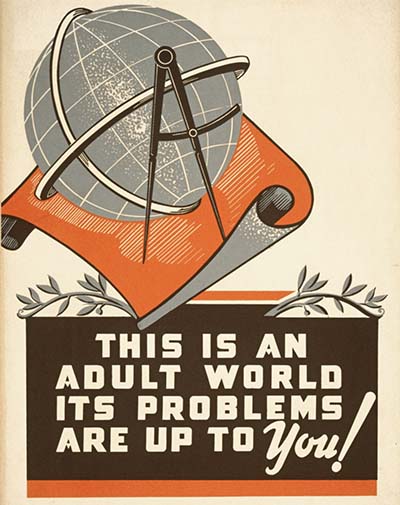
Where do you look for resources to help you in your SELF STUDY PROGRAM?
Every one will need to create their own curriculum to open their mind creatively and build their skill set. Every student is different. Every school is different. There are a million online courses and books to study from. But even those aren’t enough. The world of creativity is wider than you can possibly imagine. Animation Resources has gone to successful animation professionals like Ralph Bakshi, Will Finn and Sherm Cohen and has asked them what resources have been useful to them in their work. Every other month, Animation Resources publishes a downloadable reference pack filled with the material these advisors recommend. This Reference Pack will help you with your self study program and open your mind to possibilities you didn’t know existed.
But you have to be a member of Animation Resources.
Animation Resources is helping students studying animation, cartooning and illustration by offering a discounted dues rate for student and educators. For $70 a year, students can receive full benefits of membership- the same benefits that professional members receive. $70 a year is just a little more than $5 a month. Of course you can afford it. Don’t expect your parents to pay your dues. Do it for yourself. You’re spending a great deal of money on tuition, books and supplies and student loans to get your degree. But now you know about THE BIG LIE and that knowledge is worth a lot more than just $70. The truth is that your degree is only HALF of your education. Don’t cheap out on the half that matters- the half that will be continuing for the rest of your life.
JOIN ANIMATION RESOURCES TODAY… https://animationresources.org/membership/levels/,
You’ll thank us for it on the first day of your new job in the animation business.
Back To School Days At Animation Resources
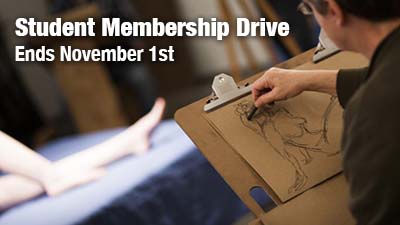
Fall is time to join Animation Resources as a student member. Annual dues for full time students and educators is discounted. It’s the biggest bargain in animation at only $70 a year. Animation School is great, but it doesn’t give you everything you need to become a professional animator. You need to invest in self-study to be successful in this highly competitive field. That’s exactly what Animation Resources can help you do if you become a member. Each day we’ll be highlighting more reasons why you should join Animation Resources. Bookmark us and check back every day.
There’s no better way to feed your creativity than to be a member of Animation Resources. Every month, we share a Reference Pack that is chock full of downloadable e-books and still framable videos designed to expand your horizons and blow your mind, as well as educational podcasts and seminars. It’s easy to join. Just click on this link and you can sign up right now online.
JOIN NOW!
https://animationresources.org/membership/levels/
FREE SAMPLES!

Not Convinced Yet? Check out this SAMPLE REFERENCE PACK! https://animationresources.org/student-membership-free-samples/ It will give you a taste of what Animation Resources members get to download every other month!
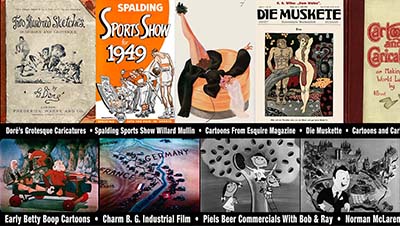
FREE SAMPLES!
JOIN NOW! https://animationresources.org/membership/levels/









 by
by 
![]()






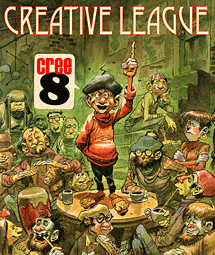









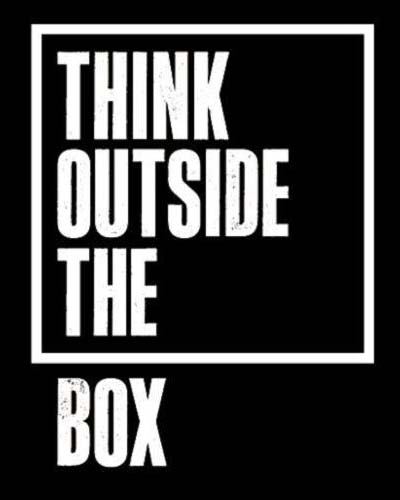
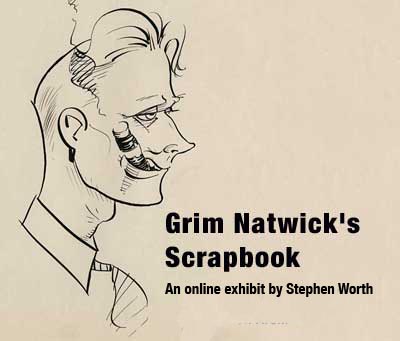
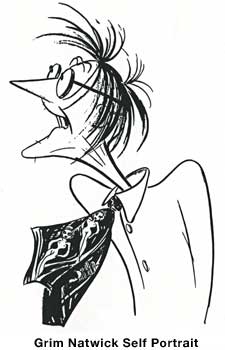 It’s 30 years later now, but I still think about the things Grim talked about. Grim never put himself in a stylistic box. He worked in every style and never stopped learning.
It’s 30 years later now, but I still think about the things Grim talked about. Grim never put himself in a stylistic box. He worked in every style and never stopped learning.






